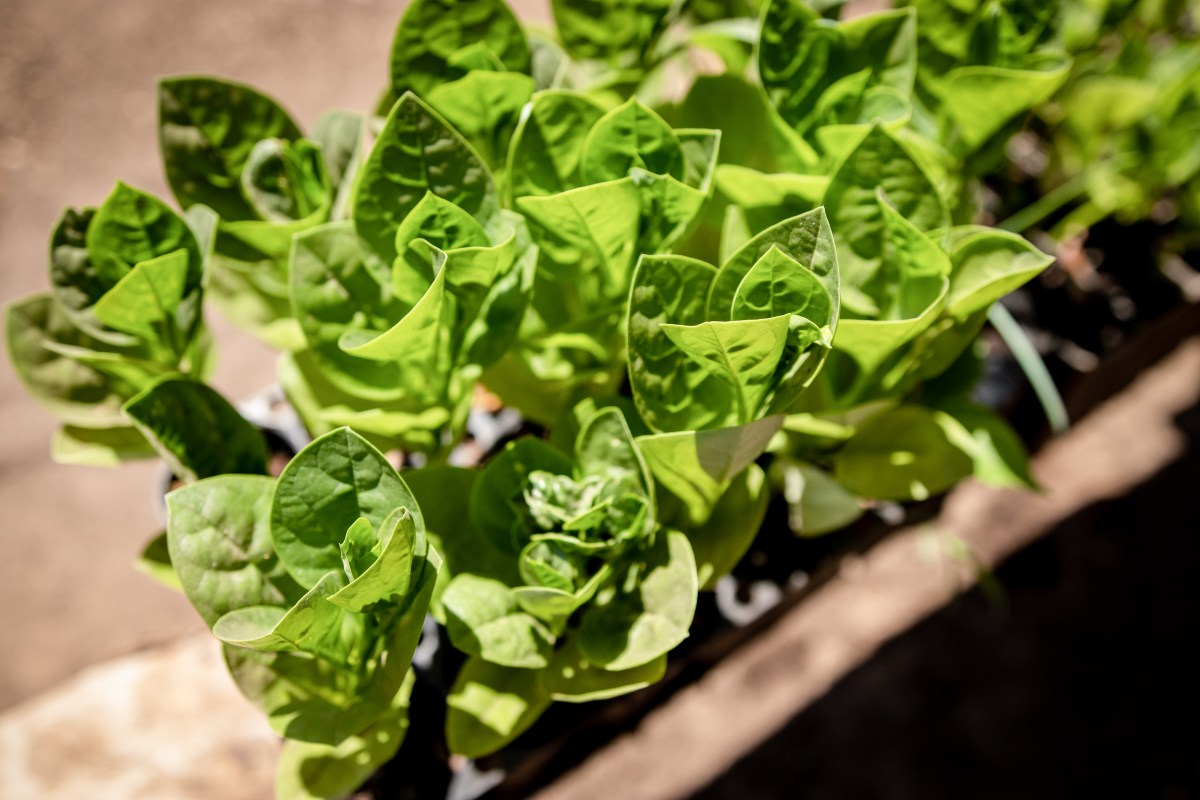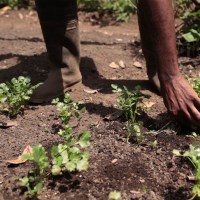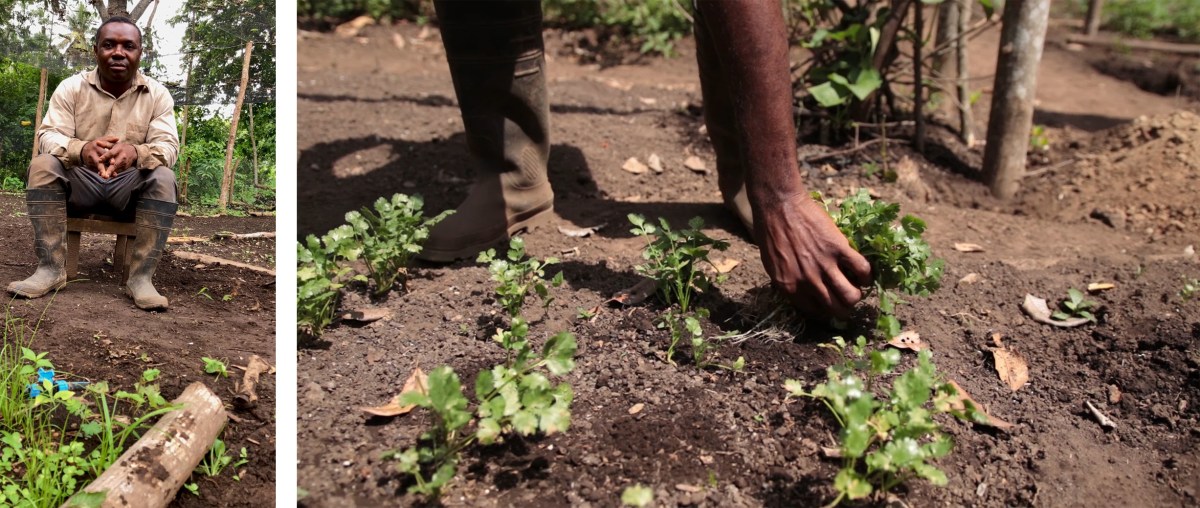The first time I saw the land where we would create an orchard to benefit asylum-seeking and local friends, I found a land full of tall grasses, surrounded by mamey and passion fruit trees. I found a local farming family and the staff at a shelter for migrants, full of light and hope. There were smiles drawn on all the faces. My heart thumped in my chest—we knew this partnership would be the start of something great.
The Dream
Early this Spring, we concluded the first phase of our agriculture project, an effort to tackle the lack of resources for asylum-seeking families entering Mexico’s southern border, as well as the xenophobia and racism faced by our migrant friends on the Mexico-Guatemala border. We enrolled migrants and local friends in a project that would expand a local orchard, grow healthy food for a nearby shelter, and give participants a stipend for their work. Our friends finished the construction of the orchard, harvested the first vegetables, and shared them, which fed more migrant friends and local neighbors. Migrants and locals worked side-by-side, so they could learn from each other and build some social cohesion.
Excited to continue building on the program’s success, we decided to continue this effort. By the middle of May 2022, we started the second phase. We worked to increase the production of fruits and vegetables, so our migrant friends could enjoy more food. We also wanted to continue providing training, work, and stipends to migrant friends, so they could have the tools they needed to develop themselves. Continuing to build social cohesion, by employing migrant and local friends, was also crucial.
The Activities
Our local and migrant friends worked very hard. Nature has also been kind and the rain and the sun have warmly touched our green orchard. Our friends planted 48 beds and the surrounding areas with green beans, cucumber, taro, tomato, coriander, spinach, pineapple, jamaica, and other plants. Our friends not only planted but also harvested food from the nearby trees.

The Results
By the end of the second phase of our project, we had produced more than 1,162 kg of fruits and vegetables, 96 asylum-seeking friends benefited from working at the orchard, and more than 1,162 migrants ate the fresh food we harvested.
One of our friends that made this possible is Remy, a young man with soft black eyes and brown, radiant skin. When he speaks, Remy’s voice is soft and calm, which makes others feel at peace.
Remy comes from a humid region in the north of Haiti. He was forced to leave his homeland due to the violence.
“I left Haiti because people in Haiti were fighting each other,” he tells us. “There are many criminals. Criminals burnt my house. And then I got scared.”
Haiti might not be a country at war, but Haiti’s gangs are.
Remy traveled to Chile to find safety. He lived there for a while, then crossed the Mexico-Guatemala border, and landed in Tapachula, Mexico. At this point, he joined our agriculture project and began to work the land.
Although he had not worked in an orchard before, he quickly learned. Collaborating in this project has been important to him in diverse ways. Joining his hands, Remy says, “The orchard is very good. It helps me to eat, to go out [from the migrant shelter], and learn something. It feels good.”
Remy continued, “I have learned many things. I now have something to do. I like it. Thank you very much.”
Although our friend is grateful and happy in this border city, he dreams of moving one day.
“Do you want to go to the US?” we asked.
“No,” he answers simply. He wants to be in a different part of Mexico and work there: “In the future, I want to go to Tijuana, to work there in peace.”
In peace—Remy’s words stay in our minds. In peace.
We are grateful for Remy. We are grateful for all that he has given to this project: his efforts, his time, and his experience. We are honored to know him, and to listen to his story told in his calm and soft voice. His experience, and that of the asylum seekers currently working on the third phase of this project, convinces us that this orchard project not only helps to provide food, some earnings, and social cohesion in the region, as we hoped. But it also provides a place to find peace for those who need it.


